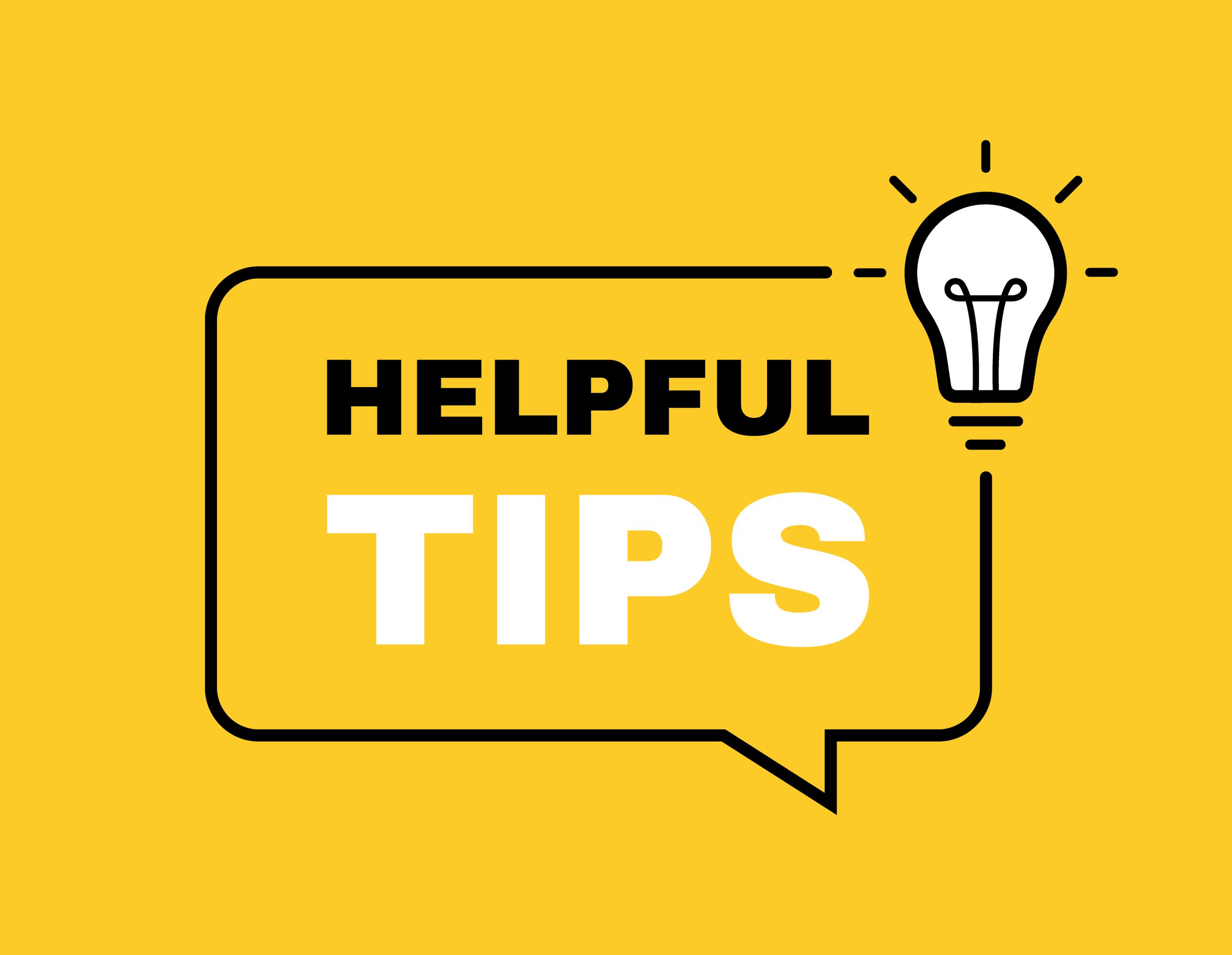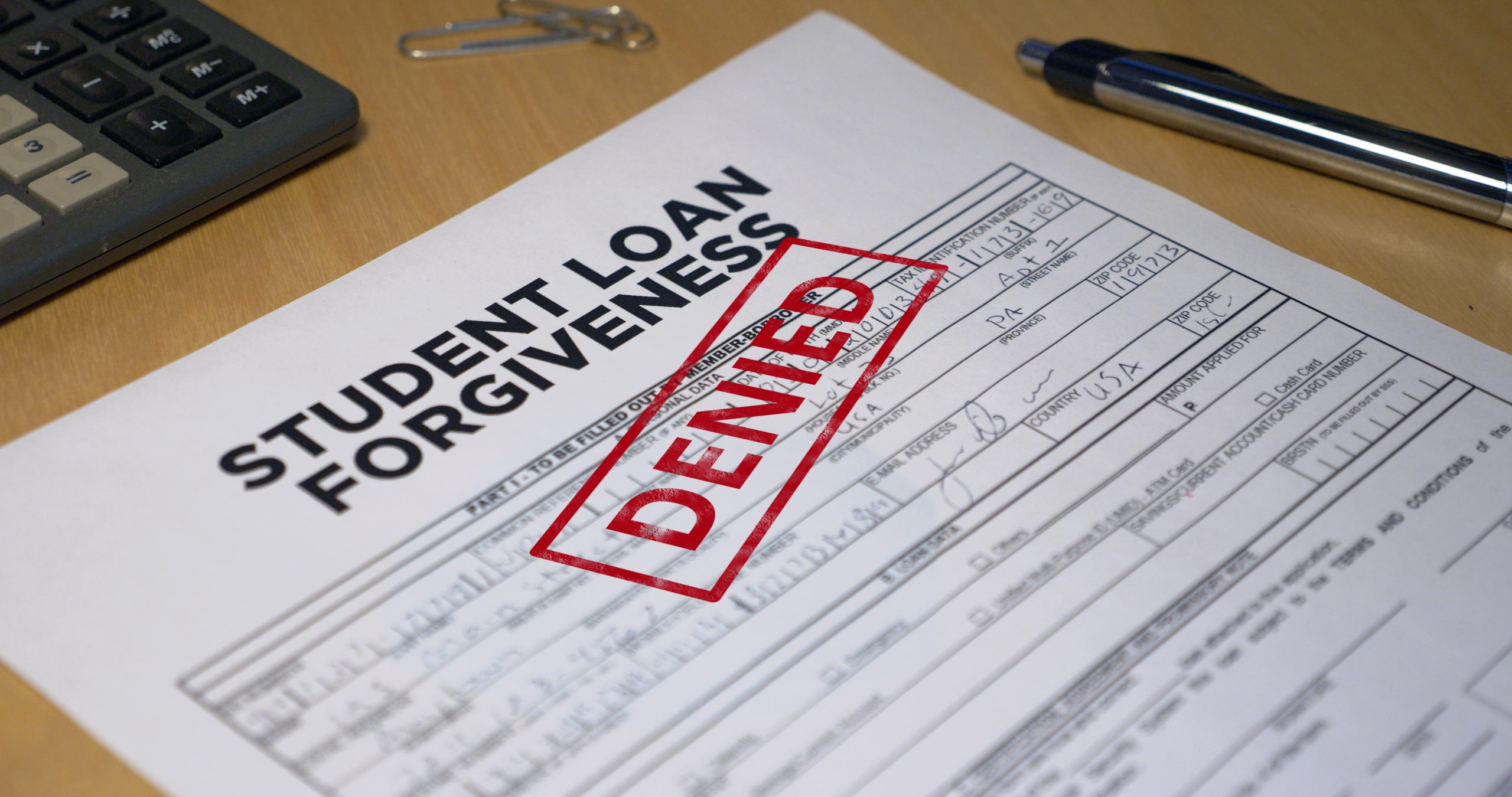If you own a 529 College Savings Plan and need to fund private elementary and high school tuition costs, keep reading.
In 2020, many parents transitioned their children to private school because of the COVID-19 pandemic. It raised questions about how and when 529 Plan funds can be used.
Most people know the basics of a 529 College Savings Plan. They are an extremely popular method of saving for college, with more than $350 billion invested in 529 Plans in the United States. 529 Plans were created in 1996 under the Small Business Job Protection Act and offer attractive tax benefits, such as tax-advantaged savings for those wanting to save for college. The plan allows contributions on behalf of a named beneficiary, the student, which are invested and grow tax-deferred over time. The proceeds can be used to pay for college or accredited post-secondary institution education costs. Earnings and withdrawals from the account are tax-free when used for qualified education expenses (i.e., tuition, room and board, technology, and books).
The Tax Cut and Jobs Act of 2017 (signed into law in December of 2017), included several changes to the tax code. One of the more overlooked changes was the expansion of what is considered a qualified education expense. More specifically, you can now fund tuition costs for kindergarten through high school using tax-free 529 Plan distributions. This includes public, private, and parochial schools. There is a limit of $10,000 per student per year and is limited to tuition only.
Unfortunately, and this is especially relevant in today’s pandemic environment, qualified expenses do not include costs associated with homeschooling or tutoring.
Some states, including New Jersey, offer additional tax benefits to those who use their 529 Plan for K-12 tuition. It’s important to remember that the benefits are attached to the state where the plan was opened, not necessarily the state where you reside. Therefore, be sure to check with your respective state plan before making any withdrawals.
The main disadvantage of using the 529 Plan for K-12 tuition is that the contributions will be invested for a shorter time horizon, thus undermining the growth potential. It also means there will be less money available to help pay for college in the future.
Figuring out how best to use your 529 College Savings Plan can be difficult. Check the state tax laws carefully and feel free to contact an EKS Associates wealth advisor to help you decide.



